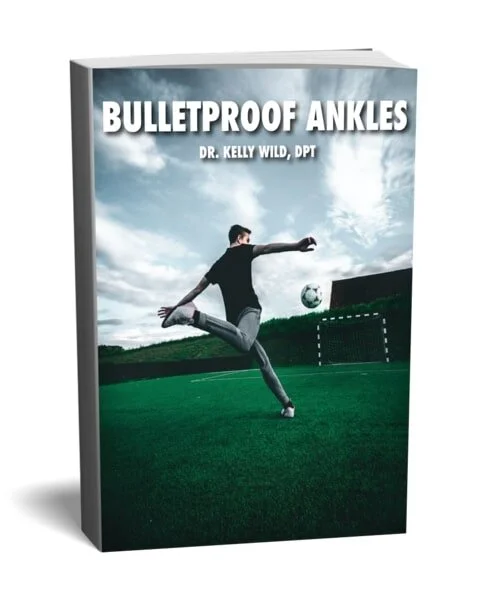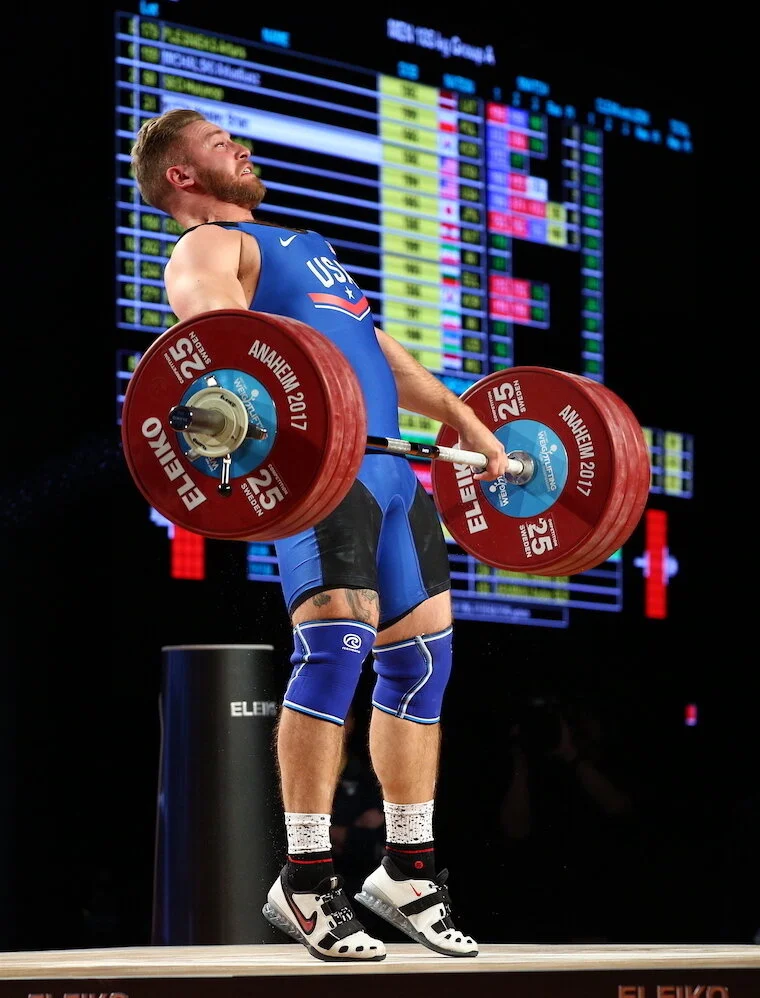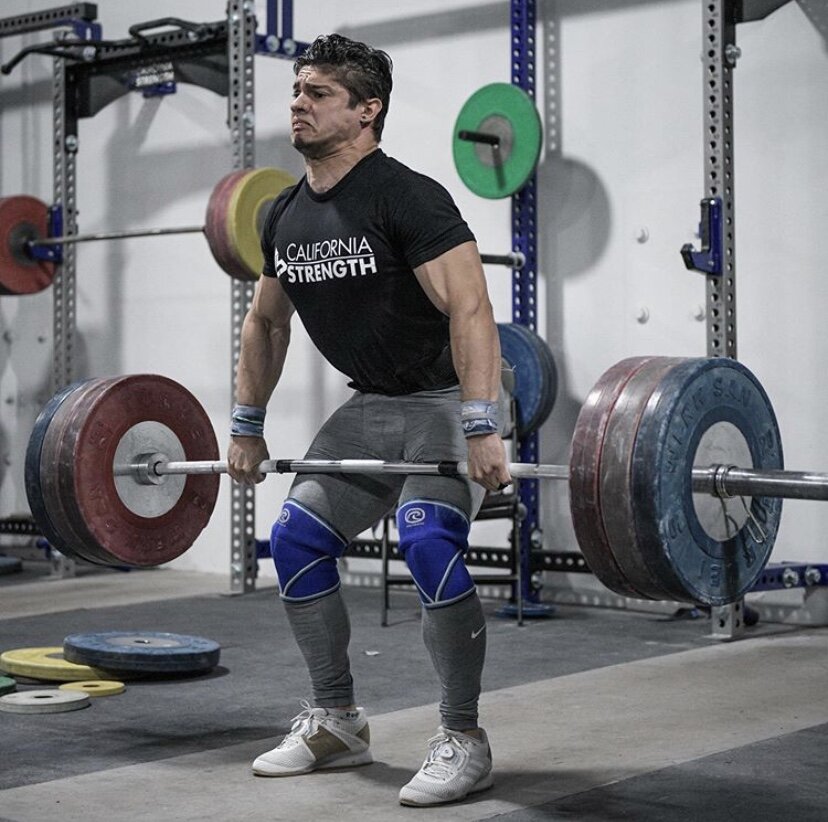Why You Should Work On Your Ankle Mobility [Now]
10 Minute ReadThe ankle joints provide the base of support for all upright athletic movements. Therefore, if you have mobility issues in your ankles, it can adversely impact joints up the chain (think: knees, hips, low back, etc!). Mobility comprises both flexibility and stability both of which are equally important for the ankle to possess.
Why do so many people lack ankle mobility?
In daily life, many people do not move their ankles’ through their full range of motion. Over time, if you do not use a joint to its end range of motion, that range will reduce. Basically, if you don’t use it, you lose it. Other causes of ankle restriction include...
1) Calf tightness: Flexibility restrictions of the gastrocnemius and/or soleus muscles can reduce ankle range of motion. This may be a product of how you walk, run stand, and the shoes you wear.
2) Old injuries: ankle sprains and strains and other injuries can cause scar tissue adhesions and restrictions of the ankle joint capsule that can lead to reduced ankle mobility.
3) Poor posture: the positioning of your pelvis while in an upright position can affect your ankles! If you have excessive anterior pelvic tilt, for instance, shifts your center of mass and your ankles will compensate by plantar flexing to keep you upright.
👉 Click here to get your 8-Week Ankle Mobility Protocol
So what injuries am I at risk for if I have poor ankle mobility?
Common ailments associated with reduced ankle mobility include plantar fasciitis, achilles tendinitis, shin splints, MCL and ACL injuries and other knee issues, as well as hip and low back injuries, just to name a few!
BENEFITS OF IMPROVED ANKLE MOBILITY
1) Greater ankle mobility allows for increased power output.
Loading the ankle is similar to the loading of a spring. The greater the recoil, the higher the force production. Therefore, if you lack range of motion at the ankle, your power generated will be less, meaning you won’t run as fast or jump as high as your potential. Furthermore, the proximal joints (the hips and knees) will be forced to take on the work load that the stiff ankle is not capable of handling.
The problem with this is that the hips and knees are far less efficient at handling this workload when compared to the ankle and will therefore require higher energy outputs. Translation: you’ll become fatigued much more quickly when relying on your knee and hip musculature.
2) Lacking ankle mobility stresses the joints up the chain.
Translation: Your knees, hips, and/or low back are going to take a hit if your ankles aren’t moving well. For squatting movements (snatches, cleans, front/back squats, overhead squats, etc), if you’re lacking ankle dorsiflexion, your shins are going to stay vertical instead of translating forward as you descend into the squat.
When that happens, you may compensate by hinging at the hip instead, which causes your chest to drop and you lose your neutral spine positioning. Axial or upright loading of the spine is the safest and most efficient position for lifting heavy loads. When you lose that upright position, your risk of low back injury increases.
👉 Click here to get your 8-Week Ankle Mobility Protocol
Furthermore, if you lack ankle mobility, the next joint up the chain will try to compensate and provide that motion required to perform a movement.
The next joint would be the knee. The knee, which is a hinge joint, is meant to be a very stable joint with motion coming primarily in flexion and extension. If the knee moves outside of flexion and extension, it creates undue forces on the supporting ligaments.
Primarily, we see valgus knee positioning as a compensation for reduced ankle mobility. Valgus position is seen when the knees collapse inwards towards each other. This movement increases the strain on the medial collateral ligament (MCL) and anterior cruciate ligament (ACL) of the knee.
3) Improved squat technique.
If you lifters need just ONE reason to work on your ankle mobility, this is it!! If you lack ankle mobility, you’re leaking energy during your lifts, meaning that you’re not lifting as much as you can!!
Like we mentioned above, if you can’t fully dorsiflex your ankle as you squat, your knees, hips and low back are going to have to compensate in order for you to get to depth with your squat. Knees caving in, chest dropping, feet rotating are all signs of energy leakage that may be due to lack of ankle mobility.
So, what should I do?!
Here are three exercises you came implement today to improve your ankle mobility:
1. Supported Squat Isometric
2. Banded Ankle Dorsiflexion Mobilization
3. Front Rack Reverse Step Downs
If you’re serious about improving your speed, power and efficiency with lifting, running and upright movements in general, as well as reducing your risk of lower body and back injuries, check out these 8 week programs now:
WRITTEN BY:
Kelly Wild is a licensed physical therapist and member of California Strength’s Olympic weightlifting team.
She believes that health care should be proactive, not reactive and has published a number of online protocols that you can use to reduce your risk of injury so that you can continue to pursue your athletic and fitness goals!
Follow Kelly on Instagram @kellywild8
You Deserve To Be On The Podium
Hey, welcome to California Strength. We help weightlifters like you accomplish their training & competition goals. Join our online team and get results for less than $1 / day.
About Dave Spitz
He is the founder and head coach of California Strength. Dave holds recognition as a USAW Senior International Coach and is a Certified Strength & Conditioning Specialist. He’s spent the past 15+ years coaching athletes in Olympic weightlifting, CrossFit and the NFL.
I’m Interested In…






